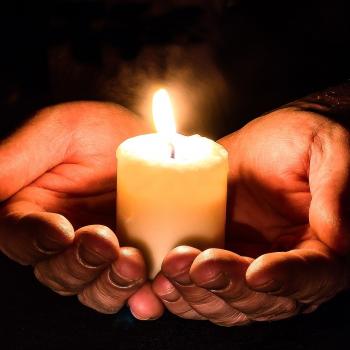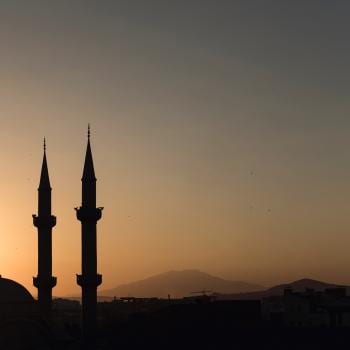While the world watches the misery continue to unfold in Japan, I can’t help but be moved by the actions of a brave band of workers, all anonymous, struggling to keep one corner of Asia and the Pacific from nuclear disaster — and doing so at enormous personal cost.
From the New York Times:
A small crew of technicians, braving radiation and fire, became the only people remaining at the Fukushima Daiichi Nuclear Power Station on Tuesday — and perhaps Japan’s last chance of preventing a broader nuclear catastrophe.
They crawl through labyrinths of equipment in utter darkness pierced only by their flashlights, listening for periodic explosions as hydrogen gas escaping from crippled reactors ignites on contact with air.
They breathe through uncomfortable respirators or carry heavy oxygen tanks on their backs. They wear white, full-body jumpsuits with snug-fitting hoods that provide scant protection from the invisible radiation sleeting through their bodies.
They are the faceless 50, the unnamed operators who stayed behind. They have volunteered, or been assigned, to pump seawater on dangerously exposed nuclear fuel, already thought to be partly melting and spewing radioactive material, to prevent full meltdowns that could throw thousands of tons of radioactive dust high into the air and imperil millions of their compatriots.
They struggled on Tuesday and Wednesday to keep hundreds of gallons of seawater a minute flowing through temporary fire pumps into the three stricken reactors, Nos. 1, 2 and 3. Among the many problems they faced was what appeared to be yet another fire at the plant.
The workers are being asked to make escalating — and perhaps existential — sacrifices that so far are being only implicitly acknowledged: Japan’s Health Ministry said Tuesday it was raising the legal limit on the amount of radiation to which each worker could be exposed, to 250 millisieverts from 100 millisieverts, five times the maximum exposure permitted for American nuclear plant workers.
The change means that workers can now remain on site longer, the ministry said. “It would be unthinkable to raise it further than that, considering the health of the workers,” the health minister, Yoko Komiyama, said at a news conference.
Tokyo Electric Power, the plant’s operator, has said almost nothing at all about the workers, including how long a worker is expected to endure exposure.
The few details Tokyo Electric has made available paint a dire picture. Five workers have died since the earthquake and 22 more have been injured for various reasons, while two are missing. One worker was hospitalized after suddenly grasping his chest and finding himself unable to stand, and another needed treatment after receiving a blast of radiation near a damaged reactor. Eleven workers were injured in a hydrogen explosion at reactor No. 3. Nuclear reactor operators say that their profession is typified by the same kind of esprit de corps found among firefighters and elite military units. Lunchroom conversations at reactors frequently turn to what operators would do in a severe emergency.
Read more. And when your pray for Japan, remember these workers and their families.












